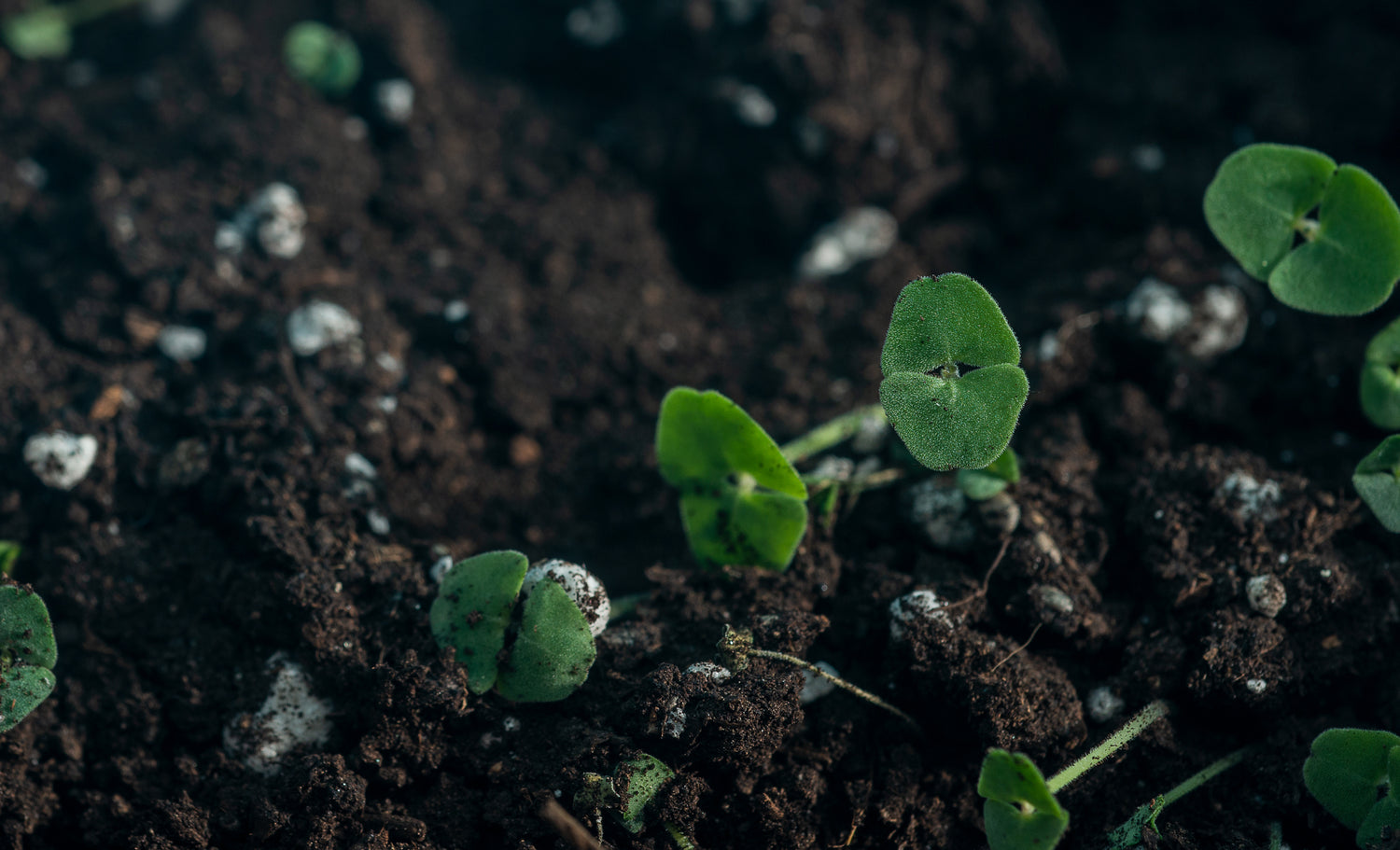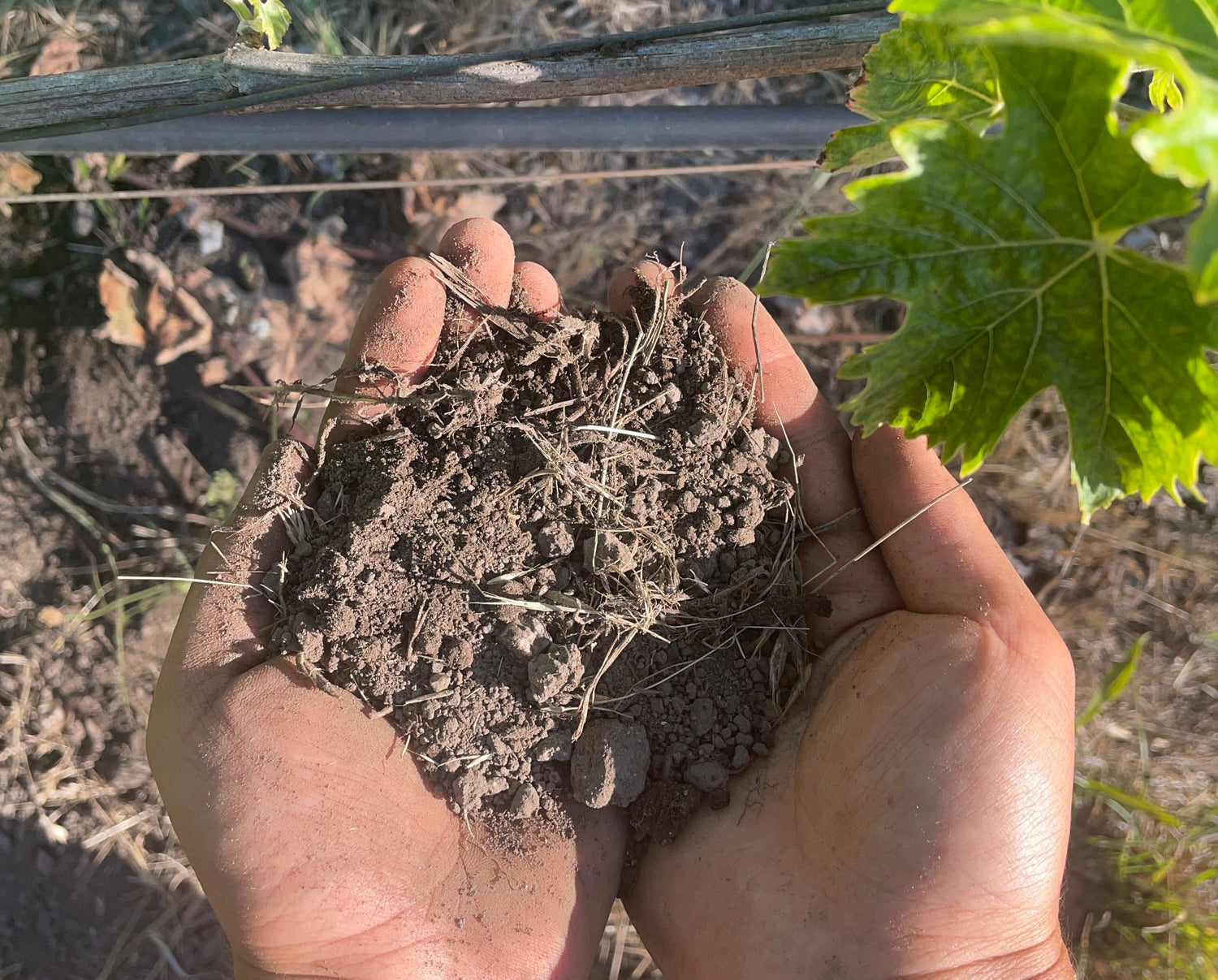Hydroponic and substrate-based growing systems rely entirely on water quality for nutrient delivery, making water analysis the cornerstone of successful soilless agriculture. Proper water management directly impacts plant health, yield potential, and system sustainability in controlled environment agriculture.
Water Analysis for Hydroponics: Essential Guide to Water Quality Management
Water analysis for hydroponics involves testing pH, electrical conductivity, total dissolved solids, and specific nutrients to ensure optimal growing conditions, with most crops requiring pH levels between 5.5-6.5 and careful monitoring of macro and micronutrient concentrations for maximum plant health and productivity.
Understanding Hydroponic Water Requirements
Hydroponic systems eliminate soil as a growing medium, making water quality the primary factor controlling plant nutrition and health. Unlike soil-based agriculture where the soil acts as a buffer, hydroponic systems require precise water chemistry management. According to research from Oregon State University Extension, water quality directly affects nutrient uptake efficiency, root health, and overall crop performance.
Types of Hydroponic Systems
Different hydroponic systems have varying water quality requirements. Deep Water Culture (DWC) systems maintain plant roots directly in nutrient solution, requiring stable pH and dissolved oxygen levels. Nutrient Film Technique (NFT) systems use thin films of nutrient solution, making them sensitive to blockages from precipitated minerals. Drip systems and ebb-and-flow systems offer more forgiveness but still require careful water quality management.
Critical Water Analysis Parameters
Comprehensive water analysis for hydroponics encompasses multiple parameters that affect plant growth and system performance. The Michigan State University Hydroponic Guide identifies several key testing parameters essential for successful hydroponic production.
pH Management
pH controls nutrient availability in hydroponic solutions. Most nutrients become unavailable when pH strays outside the optimal range of 5.5-6.5. Iron deficiency commonly occurs at pH levels above 6.5, while phosphorus becomes less available below pH 5.5. According to Oregon State University research, maintaining stable pH requires daily monitoring and adjustment using pH buffers or acids/bases.
Electrical Conductivity and Total Dissolved Solids
Electrical conductivity (EC) measures the total concentration of dissolved salts in the nutrient solution. Optimal EC levels vary by crop and growth stage, typically ranging from 1.2-2.4 mS/cm for most vegetables. The University of Minnesota Extension recommends lower EC levels (1.2-1.8 mS/cm) for leafy greens and higher levels (1.8-2.4 mS/cm) for fruiting crops like tomatoes and peppers.
Essential Macronutrients
Nitrogen, phosphorus, and potassium form the foundation of hydroponic nutrition. Nitrogen requirements vary significantly by crop type and growth stage. Leafy greens typically require 150-200 ppm nitrogen, while fruiting crops may need 200-250 ppm during reproductive phases. Phosphorus levels should maintain 30-50 ppm, and potassium requirements range from 200-400 ppm depending on the crop.
Secondary Nutrients and Micronutrients
Calcium and magnesium serve as secondary nutrients, with calcium particularly important for preventing disorders like blossom end rot in tomatoes. Micronutrients including iron, manganese, zinc, boron, copper, and molybdenum are needed in trace amounts but are critical for enzyme function and plant metabolism.
Water Testing Methods and Equipment
Accurate water testing requires appropriate equipment and understanding of testing procedures. The University of Arkansas Cooperative Extension provides detailed guidance on water testing methods for hydroponic operations.
On-Site Testing Equipment
pH meters provide immediate feedback on solution acidity and should be calibrated weekly using standard buffer solutions. EC meters measure electrical conductivity and indicate total nutrient concentration. TDS meters offer similar information in parts per million rather than conductivity units. Quality digital meters provide reliable results when properly maintained and calibrated.
Laboratory Analysis
Professional laboratory analysis provides comprehensive nutrient profiles including individual element concentrations. Monthly lab testing helps identify trends and prevents nutrient imbalances that field testing might miss. Many agricultural extension services offer hydroponic water testing services at reasonable costs.
Interpreting Water Analysis Results
Understanding water analysis reports enables growers to make informed management decisions. Results should be compared against established standards for specific crops and growth stages.
Nutrient Concentration Guidelines
Different crops require specific nutrient concentrations for optimal growth. According to University of Florida IFAS Extension, lettuce performs best with nitrogen levels of 100-150 ppm, while tomatoes require 150-200 ppm nitrogen during vegetative growth and up to 250 ppm during fruit development.
Identifying Nutrient Imbalances
Nutrient imbalances manifest through various plant symptoms. Nitrogen deficiency causes yellowing of older leaves, while excess nitrogen promotes excessive vegetative growth at the expense of fruit production. Iron deficiency appears as interveinal chlorosis in young leaves, typically indicating pH problems rather than insufficient iron in the solution.
Water Treatment and Management Strategies
Effective water management involves both preventive measures and corrective actions based on analysis results. The ATTRA Sustainable Agriculture Program emphasizes the importance of starting with quality source water and maintaining system cleanliness.
Source Water Treatment
Municipal water often contains chlorine or chloramines that can harm beneficial microorganisms and plant roots. Activated carbon filtration effectively removes chlorine, while reverse osmosis systems provide ultra-pure water for mixing nutrient solutions. Hard water may require softening to prevent mineral buildup in irrigation systems.
Nutrient Solution Management
Fresh nutrient solutions should be prepared using quality fertilizer salts and clean water. Solution pH requires daily monitoring and adjustment using phosphoric acid (pH down) or potassium hydroxide (pH up). Complete solution changes every 2-3 weeks prevent the buildup of unused nutrients and maintain optimal growing conditions.
System Sanitation
Regular system cleaning prevents pathogen buildup and mineral deposits that can affect water flow and quality. Between crops, systems should be thoroughly cleaned with hydrogen peroxide or other approved sanitizers. UV sterilizers can provide ongoing pathogen control in recirculating systems.
Troubleshooting Common Water Quality Issues
Understanding common water quality problems helps growers maintain healthy hydroponic systems. Early identification and correction prevent crop losses and system damage.
pH Instability
Fluctuating pH often indicates inadequate buffering capacity or biological activity in the system. Adding pH buffers or maintaining lower nutrient concentrations can improve stability. Organic matter buildup from root exudates or algae growth can also cause pH swings.
Nutrient Precipitation
High pH levels can cause calcium and phosphorus to precipitate, forming white deposits in irrigation lines and reducing nutrient availability. Maintaining proper pH levels and avoiding incompatible nutrient combinations prevents precipitation problems.
Monitoring and Record Keeping
Systematic monitoring and record keeping enable growers to track trends and optimize their systems over time. Documentation helps identify patterns and provides valuable data for troubleshooting problems.
Daily Monitoring Tasks
Daily tasks include checking pH and EC levels, observing plant health, and noting any system irregularities. Water temperature should remain between 65-75°F for most crops, as higher temperatures reduce dissolved oxygen levels and promote pathogen growth.
Weekly and Monthly Tasks
Weekly tasks include calibrating meters, checking nutrient solution levels, and cleaning filters or air stones. Monthly laboratory analysis provides comprehensive nutrient profiles and helps detect gradual changes that daily testing might miss.
Sustainable Water Management Practices
Sustainable hydroponic operations minimize water waste and environmental impact while maintaining high production standards. Water conservation becomes increasingly important as freshwater resources face mounting pressure.
Water Recycling and Reuse
Closed-loop systems recycle drainage water, significantly reducing overall water consumption. Proper filtration and treatment allow safe reuse of drainage while maintaining water quality standards. According to SARE (Sustainable Agriculture Research and Education) research, recirculating systems can reduce water usage by 90% compared to conventional agriculture.
Frequently Asked Questions
What pH level is best for hydroponics?
Most hydroponic crops thrive at pH levels between 5.5-6.5. This slightly acidic range ensures optimal nutrient availability and uptake by plant roots.
How often should I test my hydroponic water?
Test pH and electrical conductivity daily, and perform comprehensive water analysis monthly for commercial operations or every 2-3 months for home systems.
What is the ideal TDS for hydroponic solutions?
Total Dissolved Solids should typically range from 800-1200 ppm for leafy greens and 1200-1800 ppm for fruiting plants, depending on growth stage and specific crop requirements.
Conclusion
Water analysis forms the foundation of successful hydroponic production, providing the data necessary for optimal nutrient management and crop performance. Regular testing, proper interpretation of results, and systematic management practices ensure healthy plants and maximum yields. By understanding and implementing comprehensive water quality management, hydroponic growers can achieve consistent results while maintaining sustainable production practices.
Sources
- Oregon State University Extension. Hydroponic Lettuce Handbook. https://extension.oregonstate.edu/crop-production/greenhouse-nursery/hydroponic-lettuce-handbook
- Michigan State University Extension. Hydroponic Vegetable Production Guide. https://www.canr.msu.edu/resources/hydroponic-vegetable-production
- Oregon State University. Nutrient Management for Greenhouse Crops. https://catalog.extension.oregonstate.edu/em9074
- University of Minnesota Extension. Hydroponics Systems Guide. https://extension.umn.edu/growing-indoors/hydroponics
- University of Arkansas Cooperative Extension. Water Testing for Hydroponic Systems. https://www.uaex.uark.edu/publications/pdf/FSA-9151.pdf
- University of Florida IFAS Extension. Hydroponic Crop Production. https://edis.ifas.ufl.edu/publication/HS1215
- ATTRA Sustainable Agriculture Program. Hydroponic Production Guide. https://attra.ncat.org/product/hydroponic-production/
- SARE - Sustainable Agriculture Research and Education. Water Management in Hydroponic Systems. https://www.sare.org/resources/hydroponics/












